A Hospital Marketing Manager Can Segment The Market By
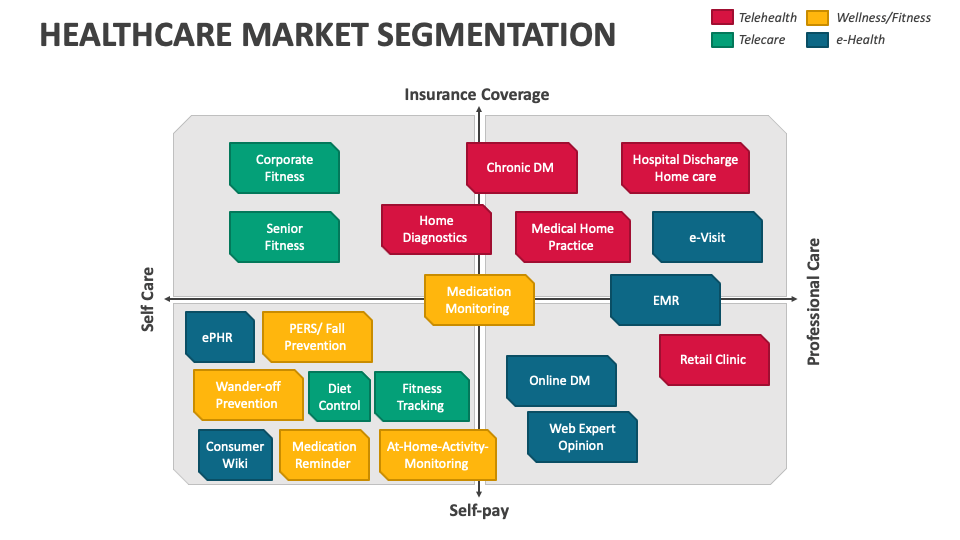
Hospitals are under increasing pressure to attract and retain patients in a competitive healthcare landscape. Effective market segmentation is no longer optional, but crucial for survival and sustainable growth.
This article dissects the key segmentation strategies a hospital marketing manager can leverage to target specific patient groups, optimize resource allocation, and enhance the overall patient experience. We focus on the 'how' and 'what' of these strategies.
Demographic Segmentation: Understanding the Basics
Demographic segmentation is one of the most fundamental and widely used approaches. This involves dividing the market based on easily identifiable characteristics such as age, gender, income, education, and ethnicity.
For example, a hospital might tailor its maternity services marketing towards women aged 25-40. Simultaneously, a campaign targeting cardiovascular health could be directed towards older demographics.
Data from the National Center for Health Statistics consistently shows significant health disparities across different demographic groups, further highlighting the importance of this approach.
Geographic Segmentation: Focusing on Location
Geographic segmentation divides the market based on location, such as region, city, or even neighborhood. This is vital as healthcare needs often vary depending on location due to factors like environmental conditions, lifestyle, and access to other healthcare facilities.
A hospital in a rural area might focus on providing primary care services and telemedicine options. Hospitals in urban areas with high population densities may emphasize specialized services and shorter wait times.
Analyzing local population health data and understanding the unique needs of the community is essential for successful geographic segmentation. According to the U.S. Census Bureau, population density and demographics vary significantly across different regions, impacting healthcare needs.
Psychographic Segmentation: Delving into Lifestyles and Values
Psychographic segmentation goes beyond demographics to understand consumers' lifestyles, values, attitudes, and personalities. This involves analyzing factors like social class, lifestyle preferences, and personality traits.
A hospital could target health-conscious individuals with wellness programs and preventative care services. Another segment might be individuals who are risk-averse and prioritize convenience, for whom telehealth options and easily accessible clinics are prioritized.
Market research surveys and focus groups can provide valuable insights into the psychographic profiles of potential patients.
Behavioral Segmentation: Analyzing Patient Actions
Behavioral segmentation categorizes patients based on their past behavior, such as usage rate, purchase frequency, loyalty, and benefits sought. This approach is data-driven and focuses on how patients interact with healthcare services.
For instance, frequent users of a hospital's emergency services might be targeted with information on preventative care options. Loyal patients could be rewarded with exclusive benefits and personalized care plans.
Hospital CRM (Customer Relationship Management) systems are invaluable tools for tracking patient behavior and implementing targeted marketing campaigns. The American Hospital Association emphasizes the role of data analytics in improving patient engagement and outcomes.
Benefits Segmentation: Tailoring to Specific Needs
Benefits segmentation focuses on the specific benefits patients seek when choosing a healthcare provider. This could include factors like quality of care, convenience, affordability, or specific expertise.
A hospital known for its specialized cardiac care unit might focus its marketing efforts on patients seeking advanced treatment for heart conditions. Similarly, a hospital emphasizing affordability might target patients with limited insurance coverage.
Understanding patient priorities and aligning marketing messages accordingly is crucial for attracting and retaining patients. Online reviews and patient surveys can provide valuable insights into what patients value most.
Technographic Segmentation: Targeting Digital Natives
Technographic segmentation focuses on how different patient groups use technology. This is increasingly important in the digital age, as patients use online platforms to research healthcare options, book appointments, and access medical information.
Hospitals can tailor their online marketing efforts to reach specific patient segments. Older adults might be more responsive to traditional websites, while younger generations prefer mobile apps and social media platforms.
The Pew Research Center consistently reports on the evolving digital habits of different demographic groups, providing valuable data for technographic segmentation.
Implementing Segmentation Strategies: A Practical Approach
Effective market segmentation requires a data-driven approach and a clear understanding of the target market. Hospitals must invest in data analytics tools and conduct thorough market research to identify relevant segments.
The next step is to develop targeted marketing campaigns that resonate with each specific segment. This includes tailoring messaging, choosing appropriate channels, and offering personalized services.
Regular monitoring and evaluation are crucial for optimizing segmentation strategies and ensuring they are delivering the desired results. A hospital marketing manager can leverage these methods to improve resource allocations and patient outcome. These tactics must be constantly tweaked to stay ahead of the curve.
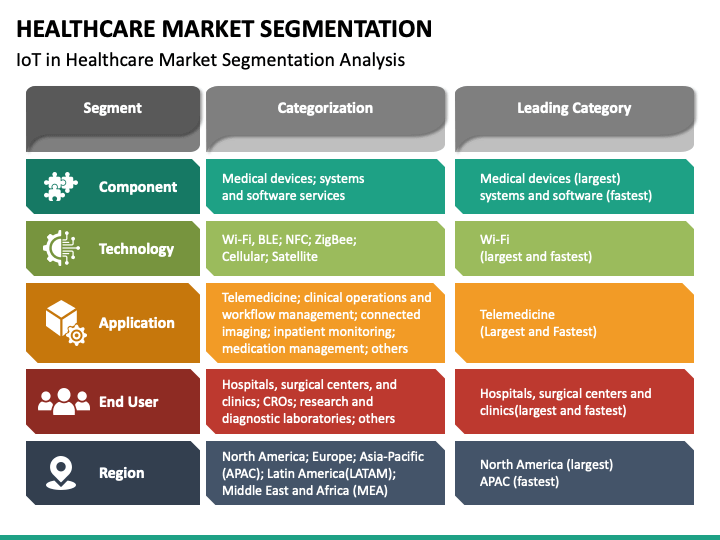
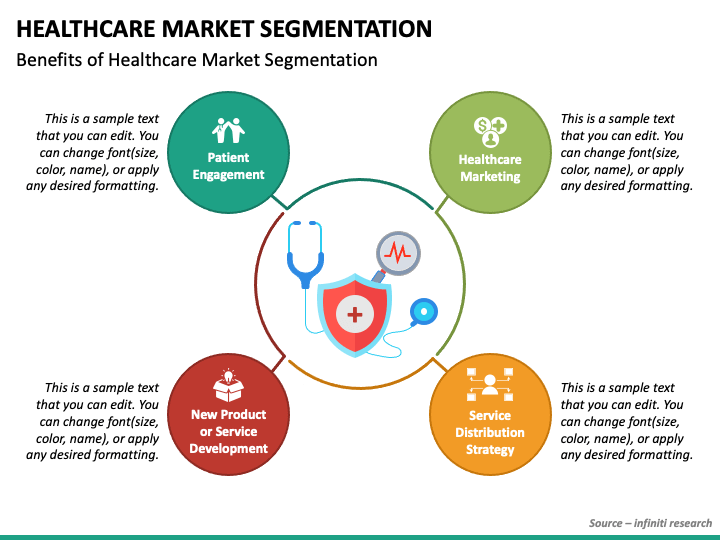
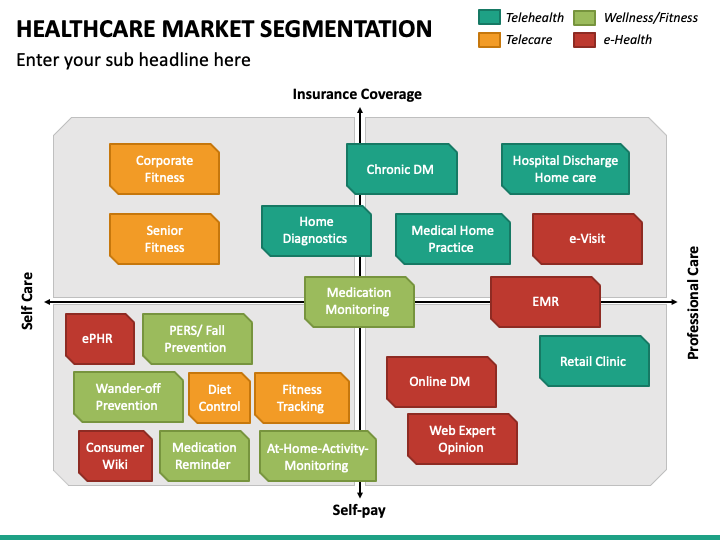
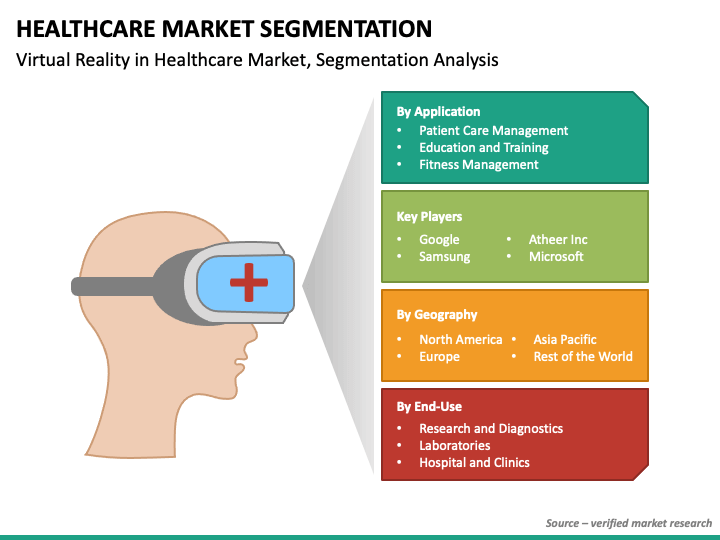
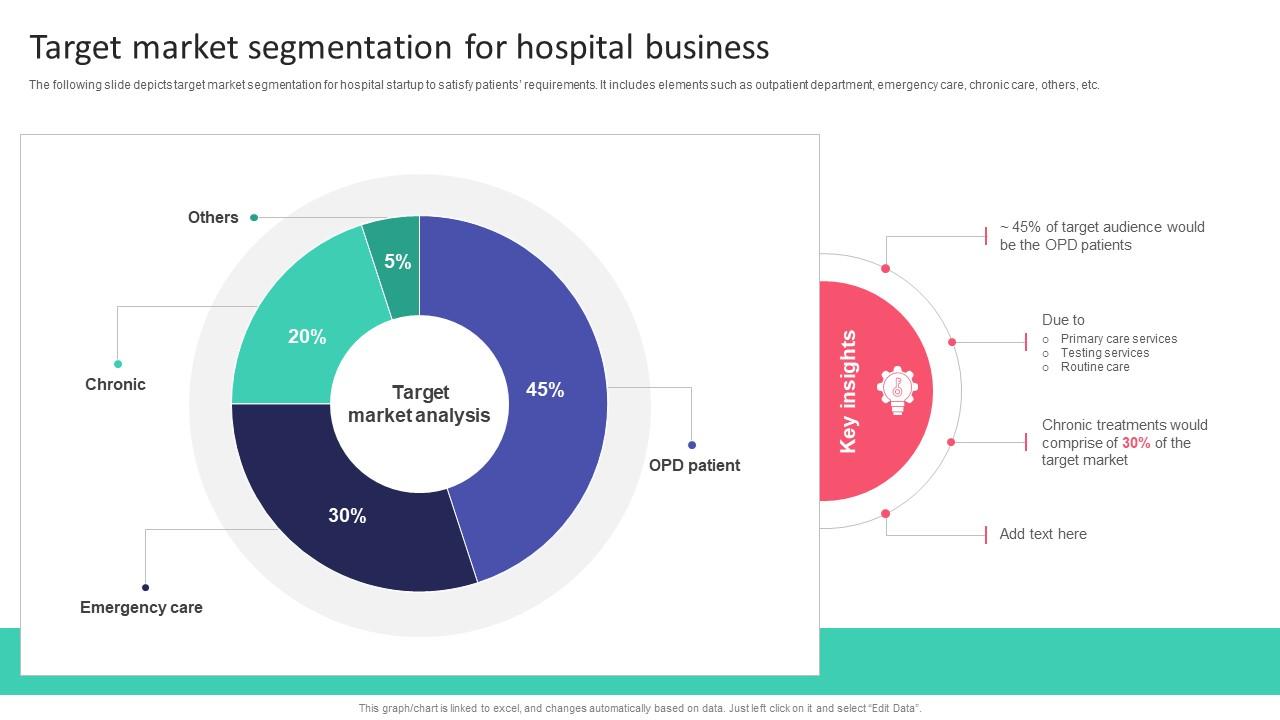
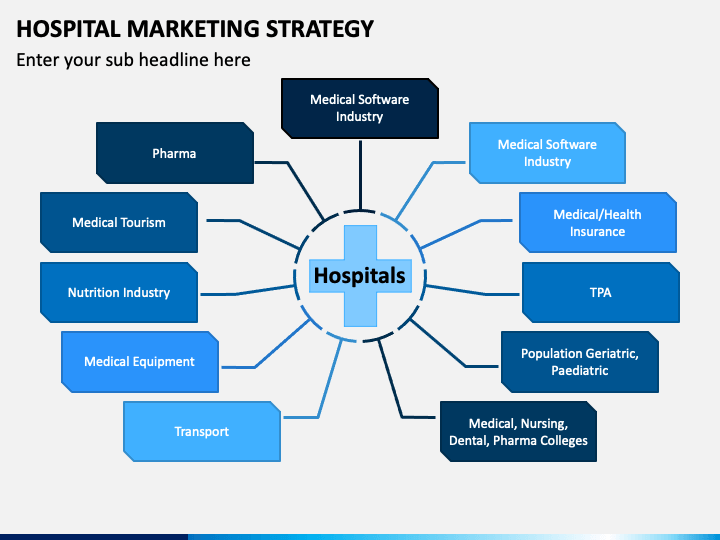
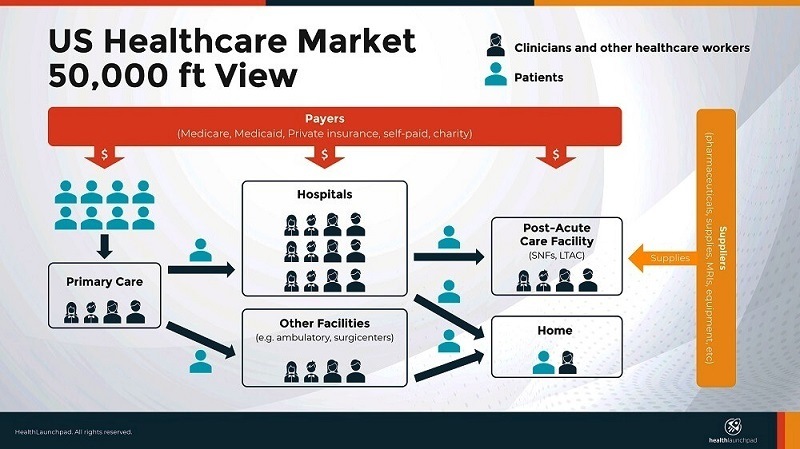

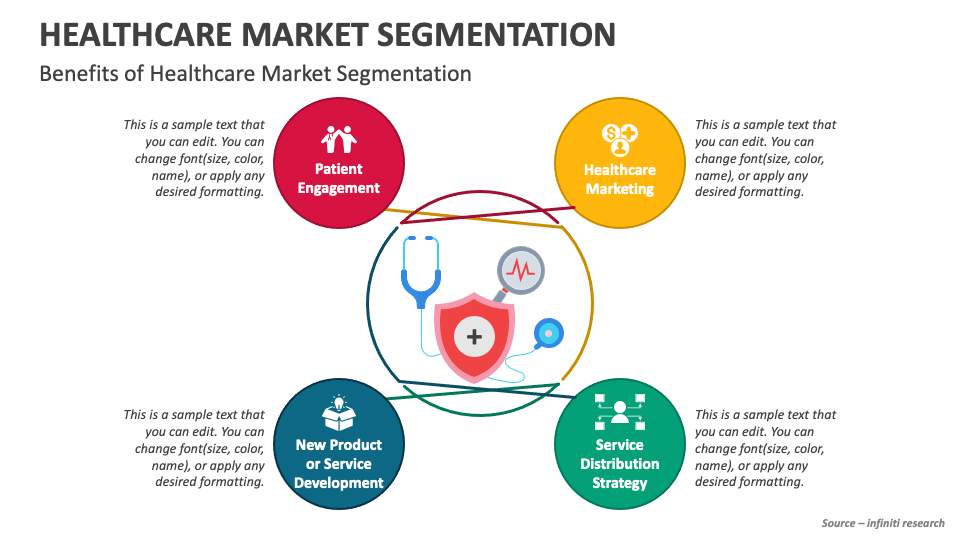
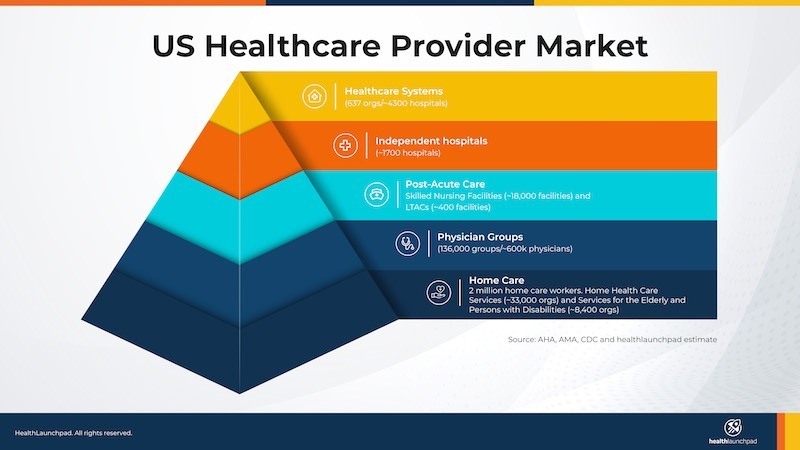
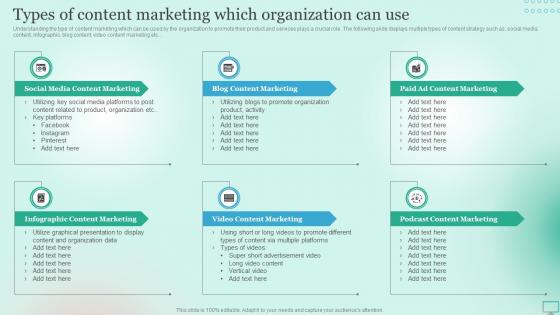
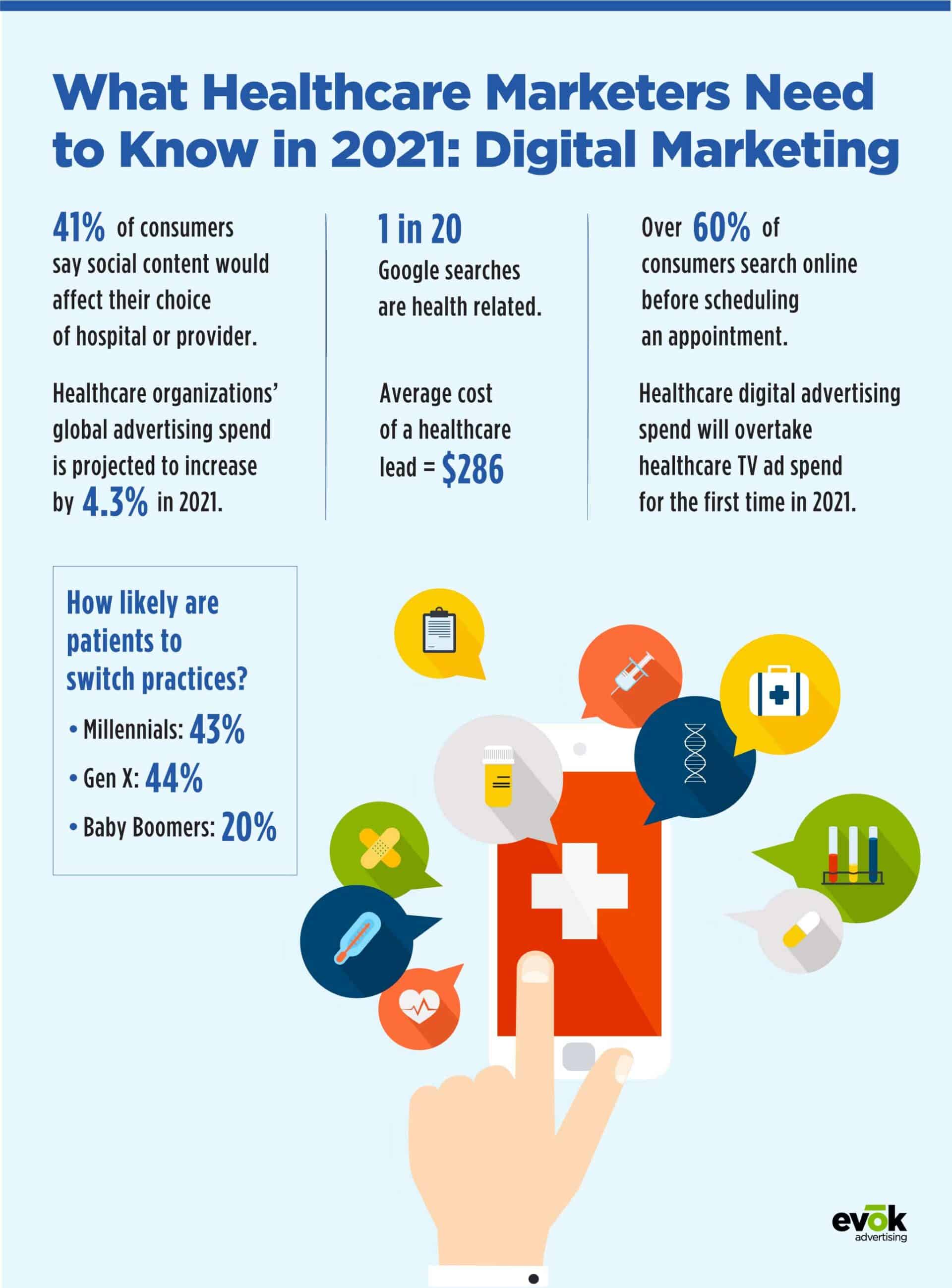


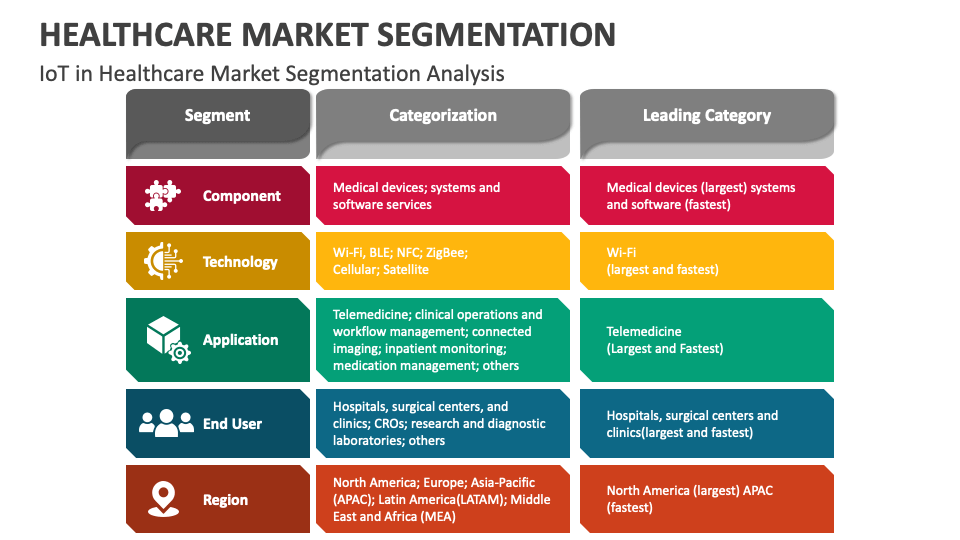
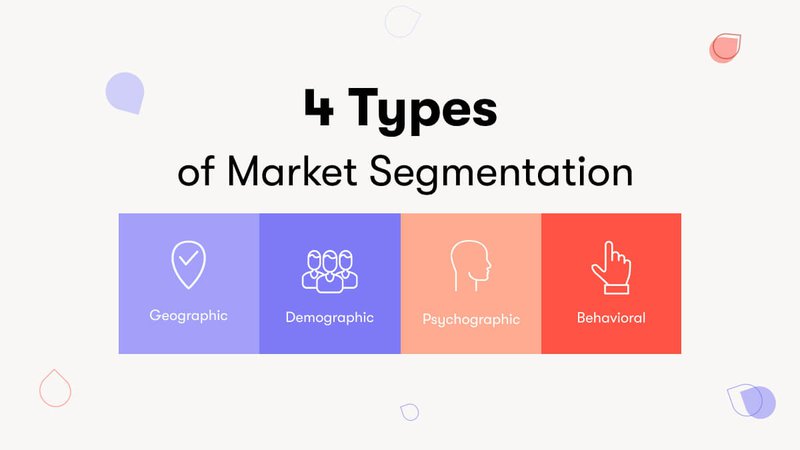
![A Hospital Marketing Manager Can Segment The Market By Market Segmentation: Best Practices & Benefits [2024]](https://jaro-website.s3.ap-south-1.amazonaws.com/2024/07/8-types-of-market-segmentation-2-1024x536.png)

